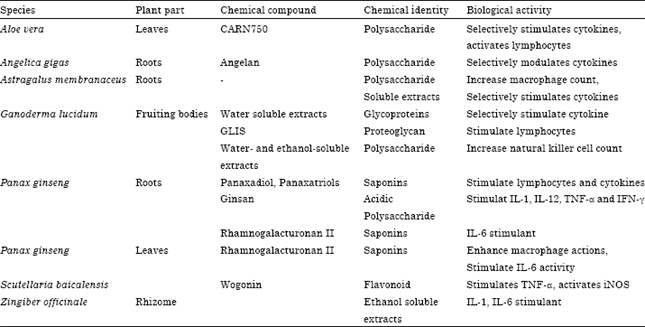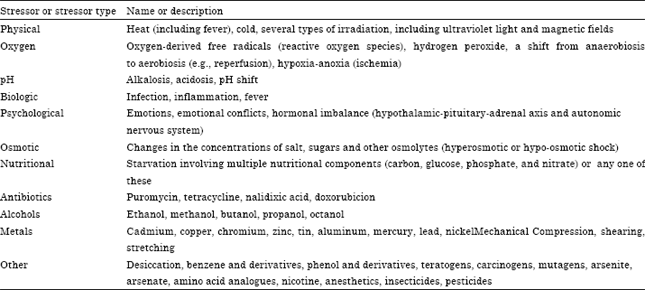Review Article
Herbal Plants as New Immuno-stimulator in Poultry Industry: A Review
Faculty of Animal Science, Gorgan University of Agricultural Sciences and Natural Resources, Gorgan, Iran
H. Davoodi
Department of Microbiology and Immunology, Golestan University of Medical Sciences, Golestan, Iran











